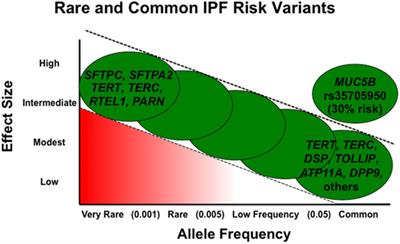BRIEF RESEARCH REPORT
Published on 24 Sep 2018
Bleomycin Revisited: A Direct Comparison of the Intratracheal Micro-Spraying and the Oropharyngeal Aspiration Routes of Bleomycin Administration in Mice

doi 10.3389/fmed.2018.00269
- 9,059 views
- 36 citations










